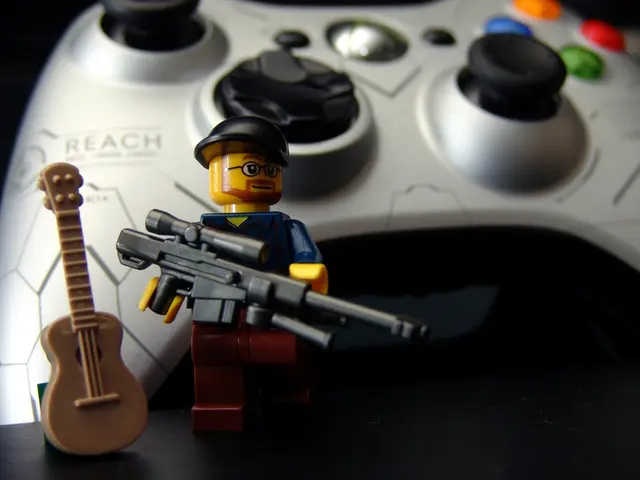Future Smartphones Embrace Flat Display Design in 2024
In the dynamic world of technology, smartphone design trends are constantly evolving. One of the most notable shifts in recent years is the move away from curved screens and towards flat screens. This transition, driven by practical usability considerations and durability concerns, has become a preference for both manufacturers and users alike.
The usability issues with curved screens have been a significant factor in this change. While curved edges help maximise screen size and reduce bezel interference with swipe gestures, they make phones harder to hold securely without accidentally triggering touch inputs. This leads to frustrating user experiences, particularly during tasks like photography or one-handed use.
In addition to usability issues, curved screens also present a higher risk of damage. With less protective chassis along the edges, they are more vulnerable to damage when dropped or bumped into objects. The complex manufacturing of curved displays also increases production costs with little added practical benefit for many users, leading manufacturers to focus more on flat displays after experimenting with curves across several phone generations.
Despite the aesthetic and immersive benefits of curved displays, flat screens offer a better balance of durability, usability, and cost-effectiveness. This explains Samsung's move to flat displays since the Galaxy S20 and the current skepticism towards reviving curved edges in upcoming devices like the iPhone 19.
In 2024, a significant number of smartphones, including the Samsung Galaxy S24 series Ultra model, Google Pixel 9 series, Oppo Find X8 series, and Vivo X200 series, adopted flat screens. Among these, the Vivo X200 series released their smartphone with a quad-curved display that gives off a flat screen-like feel.
This shift towards practicality in smartphone design is not exclusive to Android brands. Apple, known for its consistency, has consistently used flat screens in their smartphones since the first iPhone. Many users prefer the practicality of flat screens due to their ease of use and reduced risk of accidental touches.
Aesthetics still play a role in smartphone design, but practicality is increasingly important to users. The choice between curved and flat screens ultimately comes down to a balance between function and form. While curved displays can provide a high-end feel, they may not offer the same level of reliability and ease of use as flat screens.
The cost-effectiveness of flat screens is another significant advantage. They are cheaper to manufacture, allowing brands to offer high-quality devices at competitive prices. This makes them a popular choice among consumers who value functionality and affordability.
In conclusion, the trend towards flat screens in smartphones reflects a growing preference for practicality in design. As technology continues to evolve, we can expect this trend to continue, with manufacturers prioritising usability, durability, and cost-effectiveness in their designs.
The usability issues and durability concerns associated with curved screens have prompted manufacturers to shift towards flat screens, as they offer a better balance of ease of use, cost-effectiveness, and reliability. This preference for flat screens can be seen in various smartphones, including the Samsung Galaxy S24 series Ultra model, Google Pixel 9 series, Oppo Find X8 series, and Vivo X200 series, which have all adopted flat screens.
Amidst the focus on practicality in smartphone design, aesthetics still play a role, but the choice between curved and flat screens often boils down to a balance between function and form, with flat screens providing a more practical solution for many users.








